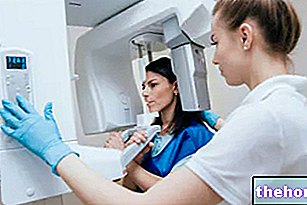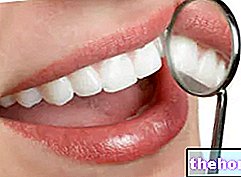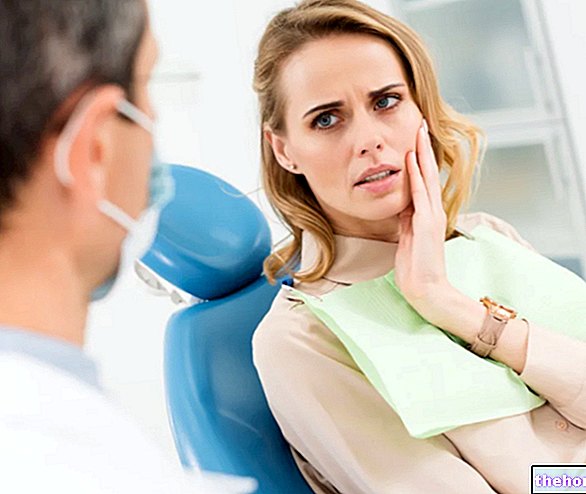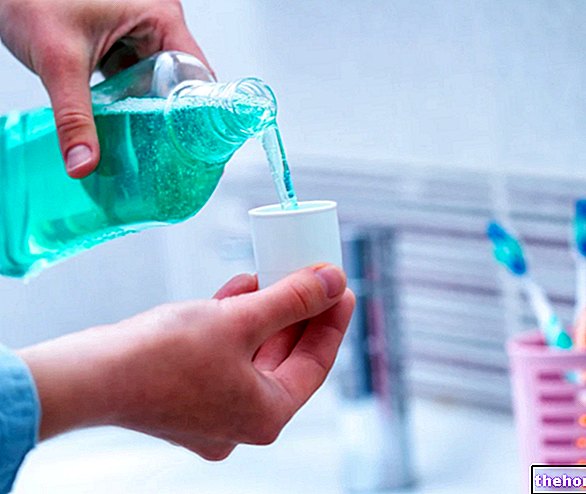Dental overview: the "Orthopantomography

The orthopantomography, more commonly known as dental panoramic, is a "radiological examination that allows to obtain an" image of the teeth, the dental arches and the maxillary and mandibular bones. By observing this image, the dentist is able to evaluate the alignment of the arches. and to identify any caries that escaped the visual examination, granulomas, cysts, root fractures, bone resorption, impacted teeth, etc.
The dental overview can therefore be considered a first level examination, useful for obtaining a general picture of the state of health of the stomatognathic apparatus, in order to formulate a correct diagnosis and define the most appropriate therapeutic path.
HOW THE EXAMINATION IS PERFORMED
During the orthopantomographic examination, depending on the instrumentation used, the patient may be standing or sitting. Generally, the patient's chin is placed on a special support to avoid head movements during the examination; the forehead and temples can also be held in position by supports, while the hands can hold two special handles.
The execution of the dental panoramic also involves the insertion of a small plastic support in the patient's mouth, which must be clamped between the anterior incisors for a few seconds, as indicated by the operator. This care ensures the correct position and immobility of the patient. head.
PREPARATION
No preparation is required for the exam, which usually ends in less than 5 minutes (the actual survey phase lasts a few seconds).
The only important recommendation is to keep the head immobile during the examination, as any movements would cause blurring of the image and the need to repeat the orthopantomography (with consequent greater exposure to X-rays).
Any piercings on the tongue or lip will need to be removed before undergoing the examination; the same goes for removable dental prostheses, glasses, earrings, hearing aids, wigs and necklaces.
SAFETY
The dental panoramic is not painful; at most, a slight discomfort can derive from the insertion between the teeth of the special disposable plastic bite, which will in any case be kept in position only for a few seconds.
Like all radiological examinations, the dental overview also uses X-rays. Although the dose of ionizing radiation is extremely low, as a precaution it is advisable to apply a shielding vest to protect the chest and neck.
Furthermore, pregnant women, whether real or even presumed, must first inform the operator of their pregnancy, since in this case it will be necessary to postpone the examination or take the necessary precautions.
After a dental overview, the dentist may request more precise and detailed radiographic examinations, such as a dental CT scan, necessary to clarify any doubts or to better plan the treatment.
Continued: Dental CT - What is it? How is it done? When is it needed?



























